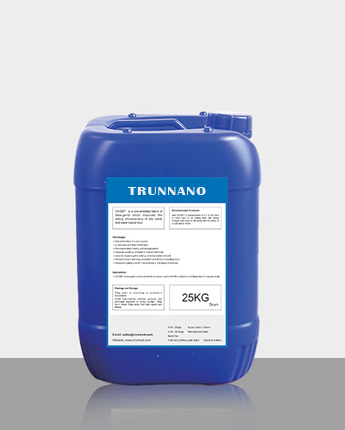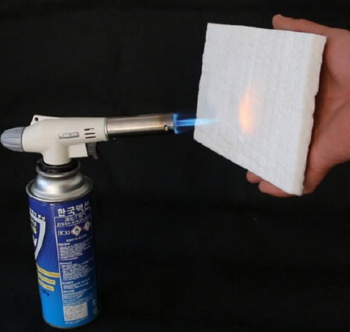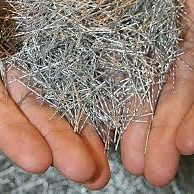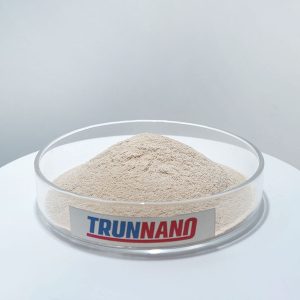Professional solutions on concrete addtives, Concrete Foaming Agent, Superplasticizer, CLC Blocks Additives, and foaming machine
(Deterioration of superplasticizer)
Polycarboxylate superplasticizer is the third generation of high performance superplasticizer after common superplasticizer and superplasticizer. Compared with other kinds of superplasticizer, it has the advantages of strong molecular designability, high water reduction rate, good slump retention, low content of chloride and alkaline substances, and no pollution in production and use. In practical application, polycarboxylate superplasticizer is often compounded with a small amount of defoaming components, retarding components, air entraining components, viscosity modified components, etc., in order to meet different technical performance requirements of concrete.
The combination of sodium gluconate or sucrose as retarding component and polycarboxylate superplasticizer can increase the water reducing rate and slow down the slump loss of concrete to a certain extent, and improve the adaptability of superplasticizer and cement. But at the same time, polycarboxylate superplasticizer products often deteriorate quickly due to the addition of sodium gluconate, light performance is reduced, heavy is completely ineffective, bringing many uncertain factors to engineering use or directly leading to engineering accidents, this problem will be more serious in high temperature weather.
Phenomena and causes of deterioration of polycarboxylate superplasticizer:
At the initial stage of deterioration of polycarboxylate superplasticizer, there were light-colored fluffy or cotton floc-like plaques on the liquid surface, and then developed into discrete bulk floats, and strings of bubbles appeared from time to time.
When the deterioration is serious, the plaque will cover the whole liquid surface, showing thick green, brown and black suspended matter in the solution, accompanied by the formation of rotten sour gas. This deterioration is mainly caused by mildew.
The mildew of polycarboxylate superplasticizer is also related to its storage environment. Improper storage conditions, such as serious temperature rise in the storage space, not ventilated and humid, lead to the melting of large monomers, and the local temperature of the monomer is too high. Higher temperature will aggravate the movement of macromolecular chains. Once the dissociation energy of chemical bonds is exceeded, chain decomposition, irregular fracture and thermal decomposition will occur, resulting in faster deterioration of polymers. Similarly, the higher the temperature, the greater the activity of microorganisms, and the faster the mildew rate of superplasticizer.
Concrete Additives Supplier
TRUNNANO is a reliable concrete additives manufacturer with over 12-year experience in nano-building energy conservation and nanotechnology development.
If you are looking for high-quality concrete additives, please feel free to contact us and send an inquiry. (sales@cabr-concrete.com)
We accept payment via Credit Card, T/T, West Union, and Paypal. TRUNNANO will ship the goods to customers overseas through FedEx, DHL, by air, or by sea.
(Deterioration of superplasticizer)







